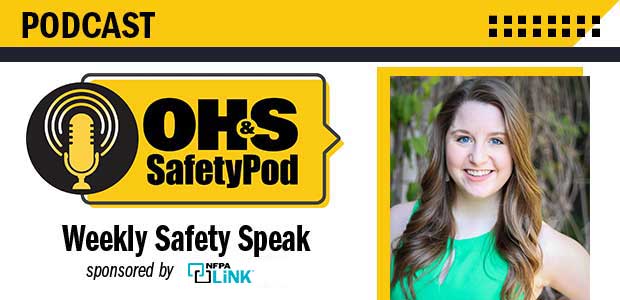
Episode 106
Controlling Hazardous Energy – The Key Components of a LOTO Program
What are some of the things you can do to ensure your lockout/tagout program are compliant with OSHA's standards? Find out in this episode of OH&S SafetyPod as Editor Sydny Shepard walks you through the top thee components of an energy control program.
- By Sydny Shepard
- Nov 01, 2021
A couple of weeks ago, I did an episode on how to create and implement a compliant machine guard program. It only feels right to follow that episode up with a deep dive into lockout/tagout, as the two often go hand in hand when creating safe procedures and practices for workers who operate or maintain machinery.
For those unfamiliar, lockout/tagout is defined in the Occupational Safety and Health Administration’s 1910.147 standard for Controlling Hazardous Energy. The standard explains that energy can become hazardous if not properly turned off before servicing or performing maintenance on a machine.
Oftentimes, if an employee does not properly disable the energy source to equipment, the machine could turn on without warning or have sudden moving parts and the employee could suffer serious or even fatal injuries. The standard outlines measures for controlling hazardous energy so that sudden machine start up and machinery movement are made obsolete during servicing and maintenance.
In this episode, we are going to take a look into the key components of an effective lockout/tagout program and how to train your workforce to be compliant. Download or stream this episode today at Apple Podcasts, Google Podcasts, Stitcher, Spotify and more.
A special thank you to the National Fire Protection Association.
NFPA LiNK™ is the information delivery platform set to revolutionize how you work. Put safety expertise at your fingertips with digital NFPA® codes and standards. Utilize dynamic search functionality, bookmarking, and the ability to share and collaborate with others to save time and get the job done right. With NFPA LiNK™ you can go by the book without the book to get the job done right faster and more efficiently. To learn more, visit NFPA.org/link.
About the Author
Sydny Shepard is the former editor of Occupational Health & Safety.